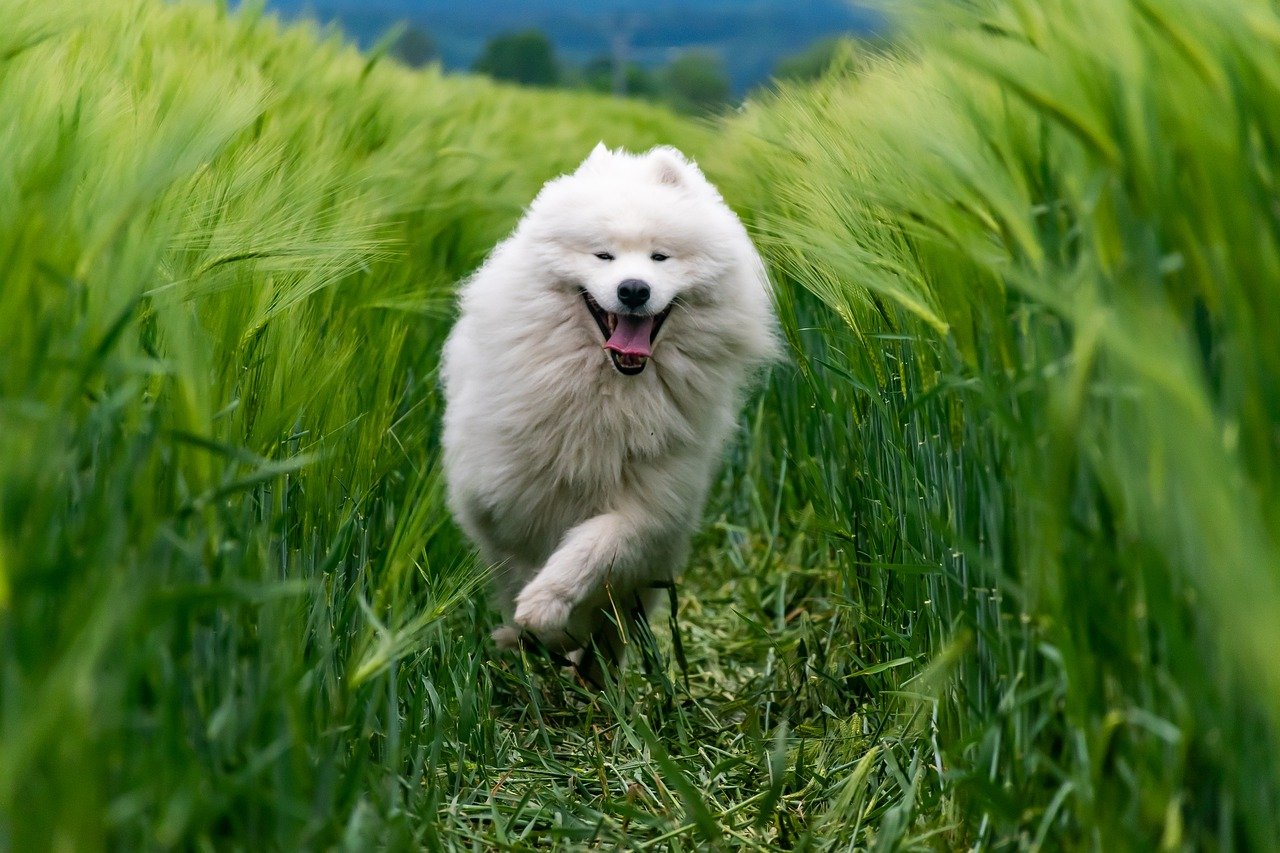There are several health conditions that may affect the Mini Alaskan Husky. Some of them are inherited and can cause problems in the future. For instance, hypothyroidism is a condition that results when the thyroid gland does not produce enough thyroxin. Other diseases include lysosomal storage disease (LSD), which is a fatal genetic disorder that usually occurs at a young age. Another common health issue in purebred dogs is hip dysplasia. This condition affects the hip joints and can cause dogs to become unable to walk.
Alaskan klee kai
The Mini Alaskan husky klee Kai is a small, affectionate dog that thrives in a family environment. It is loyal and curious and may exhibit problem behavior when unfamiliar with strangers or small children. The Alaskan Klee Kai is not recommended for apartment living. They should be house-trained early on to prevent behavioral problems and can be a good watchdog. Their energetic personalities and excellent endurance make them ideal pets for active families. Although they’re not the best choice for apartment living, they are excellent for a yard, and can be trained to come when called. They also require moderate grooming.
Heterchromia
Heterchromia is a genetic condition whereby the eyes of one or both parents have different colors. This condition, sometimes referred to as bi-coloring, is common among huskies and other breeds. It is caused by a genetic mutation that affects melanocytes, which are responsible for the creation of blue eyes. Brown eyes contain more melanin, and dogs with heterochromia have more melanin in one eye than the other. Heterchromia is not the only cause of part-coloring in this breed, however.
Hypothyroidism
A dog suffering from hypothyroidism will likely exhibit unprovoked aggression, which can include attacks on people and other animals. It may also exhibit aggression towards inanimate objects. The problem with hypothyroidism is that it can affect serotonin levels, which may lower the threshold for aggression. Consequently, it is important to treat it as soon as possible. Here are some symptoms to look for and signs to avoid.
Heterchromia in Siberian husky
Heterchromia is a type of eye color variation in the Siberian husky. While most huskies have brown eyes, some have both blue and brown eyes, known as parti-colored eyes. In this case, two eye colors are present in one eye, but the color is blended on one side of the iris. The other eye color is brown, which is common in huskies. About four out of 10 huskies will have both brown eyes. These eyes can be various shades and tones.
Barking
Depending on your dog’s breed, your Mini Alaskan Husky may bark a lot. This behavior may be caused by a variety of things, from anxiety to past trauma. While huskies often bark to warn their owners of impending danger or a visit to the vet, it’s possible to reduce or eliminate this behavior altogether. If you’re unsure of the exact cause of your Mini’s excessive barking, here are some tips:
Exercise requirements
Mini Alaskan Huskies need regular exercise and will benefit from daily walks. Getting out into the fresh air and romping in the park will be a treat for them and will improve their socialization skills and health. An unexercised Husky is potentially dangerous around children and can knock a child over. Huskys have a high prey drive, which can result in them killing small animals if they don’t get enough exercise. Exercise will help mitigate some of the common husky problems.
Diet
As a member of the hound family, your mini Alaskan husky will enjoy many of the same foods as your own. However, a mini Alaskan husky’s unique needs make it important to provide a high-quality diet for your dog. In addition to providing essential nutrients and a healthy diet, mini Alaskan huskies should also be given a variety of fruits and vegetables to aid in proper growth and development.
Similar Posts:




Leave a Comment